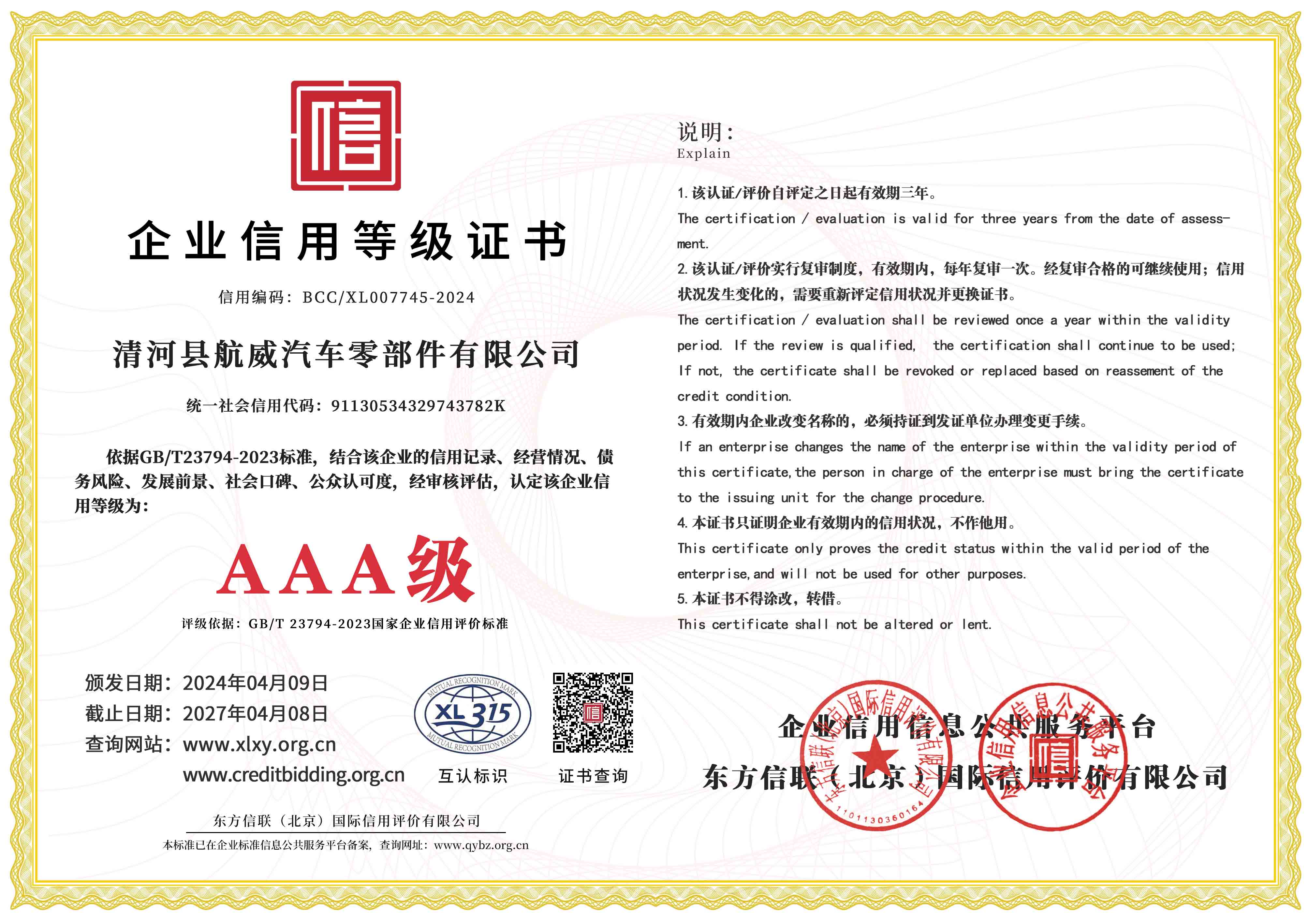throttle cable linkage
Understanding Throttle Cable Linkage A Key Component in Automotive Performance
Throttle cable linkage plays a crucial role in the operation of internal combustion engines, especially in vehicles equipped with traditional throttle systems. The throttle cable serves as a physical connection between the accelerator pedal and the throttle body, which controls the engine's air intake. The efficiency, responsiveness, and overall performance of a vehicle can be greatly impacted by the condition and quality of the throttle cable linkage.
The Basics of Throttle Cable Linkage
At its core, the throttle cable is a thin, flexible cable that transmits input from the driver’s foot pressing the accelerator pedal to the throttle body. The throttle body houses a butterfly valve, which regulates the flow of air into the engine. When the accelerator pedal is pressed, the cable pulls on a lever attached to the throttle body, which opens the valve and allows more air to enter the engine, increasing power and speed.
Throttle cable linkages are typically made of steel or nylon, designed to withstand tension and various environmental factors. Over time, these cables can wear out due to friction, heat, and exposure to elements, leading to a variety of performance issues. This makes regular inspection and maintenance vital for ensuring the longevity and functionality of the throttle system.
Types of Throttle Cable Linkages
There are generally two types of throttle cable linkages mechanical and electronic. Mechanical linkages use a conventional cable system, while electronic throttle control (ETC) systems replace the cable with electrical signals.
1. Mechanical Linkage This is the traditional method where a physical cable connects the accelerator pedal to the throttle body. This type of linkage provides direct feedback to the driver, allowing for immediate throttle response. However, it can be subject to wear and may require adjustments over time.
2. Electronic Throttle Control (ETC) Modern vehicles increasingly use electronic systems. In this setup, the accelerator pedal is equipped with sensors that send signals to the engine control unit (ECU), which then manages the throttle opening electronically. This type of system can enhance fuel efficiency and provide features like cruise control and traction control, but it may lack the direct connection feel that some drivers prefer.
Signs of Throttle Cable Issues
throttle cable linkage

Drivers should be aware of signs that indicate potential issues with the throttle cable linkage. Some common symptoms include
- Sticking or Stiff Pedal If the accelerator pedal feels sticky or does not return smoothly to its original position, it could indicate a cable problem. This might point to fraying or damage within the cable.
- Delayed Throttle Response A delay between pressing the accelerator and the engine's response can be a sign that the throttle cable is stretched or worn out.
- Unusual Engine Behavior If the engine revs unexpectedly or struggles during acceleration, this may be a result of a malfunctioning throttle cable.
Maintenance and Replacement
Regular maintenance of throttle cable linkages is essential for optimal vehicle performance. Inspections should focus on the condition of the cable, ensuring there are no frays, kinks, or rust. Lubrication can also help maintain smooth operation.
If any issues are detected, the throttle cable should be replaced promptly. Replacement typically involves disconnecting the old cable from both the accelerator pedal and the throttle body, then installing the new cable in the reverse order. This process can be performed by a professional mechanic or a confident DIY enthusiast.
Conclusion
Throttle cable linkage may seem like a minor component, but it plays a vital role in a vehicle’s performance and driver experience. Understanding how this component operates and recognizing the signs of wear can help ensure that your engine remains responsive and efficient. Regular maintenance and timely replacements are key actions that will keep your vehicle running smoothly, making every drive both reliable and enjoyable.
-
Upgrade Your Control with Premium Throttle CablesNewsAug.08,2025
-
Stay in Control with Premium Hand Brake CablesNewsAug.08,2025
-
Experience Unmatched Performance with Our Clutch HosesNewsAug.08,2025
-
Ensure Safety and Reliability with Premium Handbrake CablesNewsAug.08,2025
-
Enhance Your Vehicle with High-Performance Clutch LinesNewsAug.08,2025
-
Elevate Your Ride with Premium Gear CablesNewsAug.08,2025
